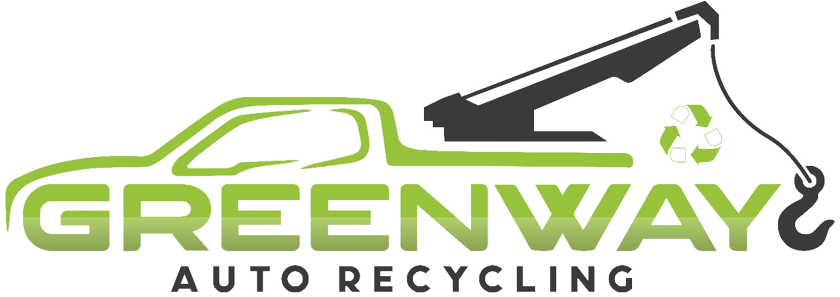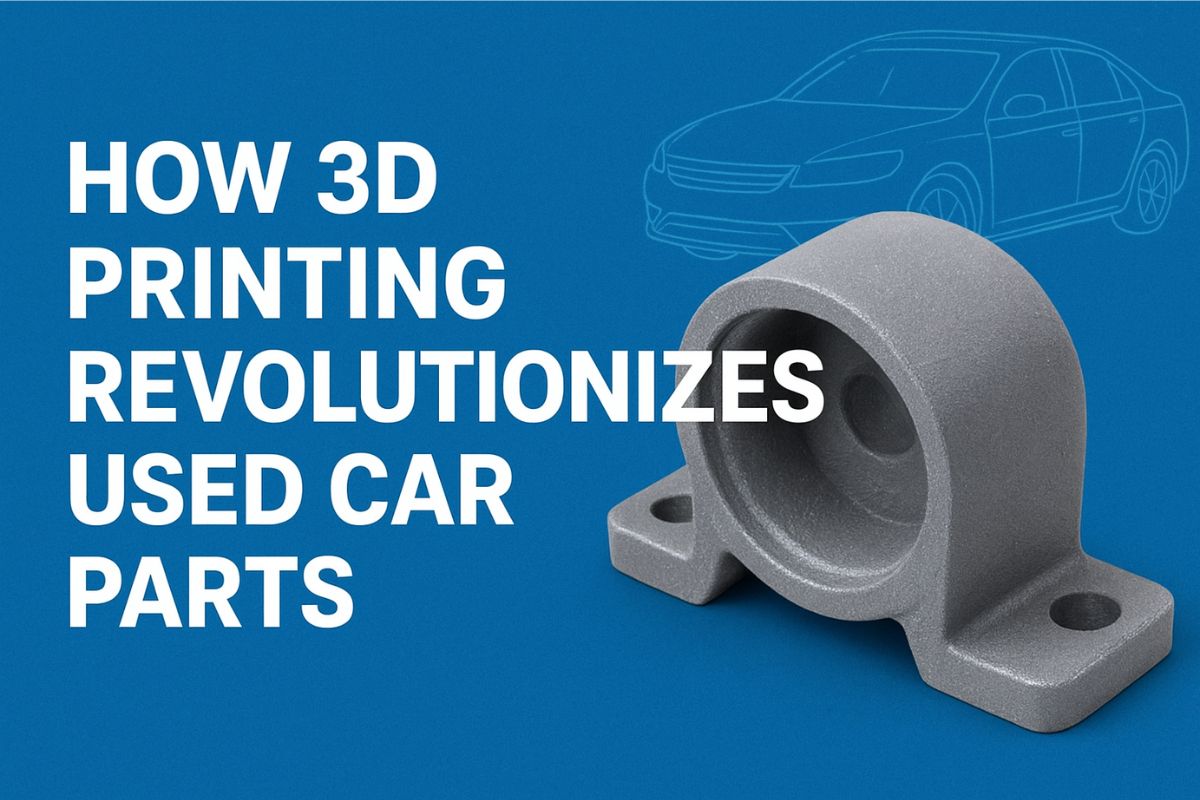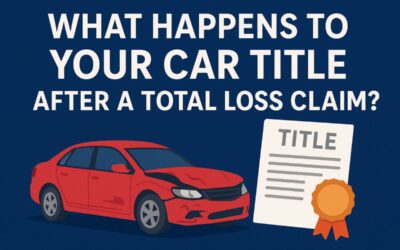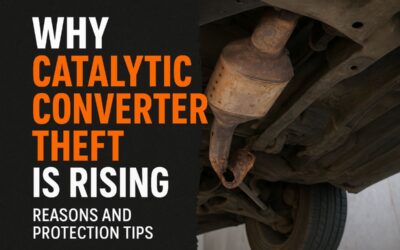Introduction
Imagine browsing for a rare part for your older car, only to find it’s out of stock or discontinued. Now imagine that part can be produced on demand, printed locally, and fitted the same week. For the used car parts market, this is no longer a fantasy.
As 3D printing (additive manufacturing) matures, it promises to reshape how we source, store, and install parts for older or hard-to-find vehicles. Continue reading to learn how this technology impacts inventory, cost, sustainability, logistics, and the scrap car removal and salvage yards that serve Ontario and beyond.
What Is 3D Printing, and Why Does It Matter for Car Parts?
Before diving into the specifics of used car parts, it’s good to clarify what we mean by 3D printing. In simple terms, a digital model is built layer by layer to form a physical object. It shifts manufacturing away from heavy tooling, large moulds, and million-part runs to something more flexible. The automotive industry already uses it for prototyping and some final parts.
In the used car parts arena, this means the possibility of producing spare parts, obsolete parts, or even custom one-off pieces without the large manufacturing cost overhead. That change opens new pathways for salvage yards, remanufacturers, and rebuilders.
Easier Access To Rare Or Discontinued Parts
One of the biggest headaches in the used car parts business is when a part is no longer produced and the stock has been depleted. With 3D printing, you can scan or model the part, upload the digital file, and print a replacement. A report on spare parts notes that the technology supports the production of low-volume or one-off parts more economically.
For instance, a salvage yard in Ontario might receive a car slated for scrap. Instead of just crushing it, they can extract digital models of still‑good components and produce spare parts as needed. This could extend the life cycle of salvage inventory and reduce waste.
Digital Inventory – Less Warehouse, More Print-on-demand
Traditionally, used parts businesses often require large warehouses, complex sorting systems, and rely on physical stock. With additive manufacturing, the concept of a “digital inventory” becomes a viable reality. Companies can store CAD files rather than large numbers of parts and print on demand.
For example, rather than storing dozens of vintage door handles for a car no longer in production, a facility could keep one scanned model and print replacements as needed. That reduces storage costs, inventory risk, and unused stock. And if your business is involved in scrap car removal, this means the salvage value of a vehicle increases because its parts can be monetized through digital models.
Cost and Logistics Benefits
3D printing offers significant cost advantages, especially when part volumes are low. Traditional manufacturing may require expensive tooling, moulds, and long lead times. According to industry research, 3D printing reduces fixed costs and accelerates lead time for spare parts.
In the used parts world, this means fewer backorders, lower shipping costs from overseas warehouses, and fewer obsolete inventories. A salvage dealer may print a bracket or housing locally, rather than sourcing it from a distant supplier. The parts cycle becomes faster and leaner.
Also Read: How Much Tax Do You Pay on a Used Car in Ontario?
Sustainability and Efficient Use of Materials
3D printing is not only about cost savings. It also helps make the used car parts industry more sustainable. Here’s how:
- Reduce Material Waste: Traditional manufacturing often produces excess scrap. 3D printing builds parts layer by layer, using only the material needed, which significantly reduces waste.
- Extend Vehicle Lifespan: Salvage yards can recover parts from old cars, scan or model them digitally, and print replacements to extend the lifespan of vehicles. This keeps usable components in circulation instead of being discarded.
- Lower Environmental Impact: By producing parts locally, shipping distances are reduced, resulting in decreased energy consumption. Studies in Europe have shown that combining remanufacturing with 3D printing can reduce raw material use and emissions.
- Support the Circular Economy: Every recycled car part can be reused or printed on demand, closing the loop and adding more value to scrap cars sustainably.
Challenges and Limitations of 3D Printing in Used Car Parts
Here are the key challenges and limitations of 3D printing in used car parts:
- Material Restrictions: Not all automotive-grade metals, plastics, or composites are easily printable. Some parts may still need traditional manufacturing for strength and durability.
- Quality and Certification Issues: 3D-printed parts must meet OEM standards. Ensuring proper fit and long-term reliability can be challenging for critical components.
- Cost for High-Volume Production: 3D printing is most effective for low-volume or rare parts. Mass-produced items remain cheaper with traditional methods.
- Legal and Intellectual Property Concerns: Reproducing certain parts may require obtaining a license. Reverse-engineering without rights can create legal risks.
- Need for Skilled Workforce: Scanning, modelling, and printing parts require trained personnel. Shops may need training or new hires.
- Equipment Investment: High-quality 3D printers suitable for automotive parts are expensive. Small businesses must weigh initial costs against benefits.
How 3D Printing Impacts Local Salvage Yards and Used Car Parts Shops?
3D printing is not just a futuristic concept for automotive manufacturing. It has practical implications for local salvage yards and used car parts businesses. Here’s how it can make a real difference:
- Increase the Value of Scrap Cars
Instead of seeing old vehicles only as scrap, salvage yards can now extract parts that can be scanned, modelled, and printed on demand. Rare or discontinued components can be sold at higher prices, improving the overall value recovered from each car.
- Reduce Physical Inventory Needs
Traditionally, used car parts shops store large quantities of components, which ties up space and capital. With digital inventories, shops can keep CAD files of parts instead of stocking them physically. Parts can be printed on demand, reducing storage costs and the risk of obsolete inventory.
- Serve Hard-to-Find Parts Demand
Many older vehicles have parts that are no longer in production. 3D printing allows shops to supply these rare components quickly. Customers who would otherwise give up searching can now get the parts they need, boosting sales and customer satisfaction.
- Improve Sustainability and Reduce Waste
By producing parts on demand instead of discarding them, salvage yards reduce waste. 3D printing supports a circular economy, where usable components are recovered, printed, and reused instead of being scrapped.
- Streamline Local Operations
Local 3D printing reduces dependence on distant suppliers. Shops can produce parts in-house or through nearby printing partners, cutting shipping times and costs. This also allows faster turnaround for customers.
- Gain a Competitive Edge
Offering print-on-demand parts for rare or discontinued models sets a shop apart from competitors. Customers recognize the ability to source hard-to-find parts quickly, positioning the business as innovative and reliable.
Future Trends in 3D Printing for Used Car Parts and Salvage Yards
In the next few years, the used‑car‑parts industry might see several shifts:
- A growing library of digital models for older vehicles. As scanning and modelling improve, cars will have “digital twins” of many components, ready for print.
- Micro-manufacturing. Instead of central warehouses shipping parts, more regional printing hubs may open, which would reduce lead times and shipping costs.
- Better materials and hybrid manufacturing. As 3D-printed metals, composites, and certified parts mature, the gap between printed and traditionally manufactured parts will narrow.
- Integration with data systems: Salvage yards could scan parts, upload them to a marketplace, and enable print-on-demand across geographies.
- Regulatory frameworks are evolving. Standards for printed spare parts will become clearer, making usability safer for older cars still in use.
Also Read: The Journey of Used Car Parts: From Canadian Scrap Yards to Global Markets
Practical Steps to Prepare for 3D Printing in Your Used Car Parts Business
If you are in the used car parts business or handle scrap car removal, you do not need to wait for everything to change. Here are practical steps:
- Build awareness: Understand which parts of your inventory are rarely stocked and might benefit from printing.
- Partner: Investigate local 3D‑printing firms or service providers familiar with automotive parts.
- Digitize components: Start scanning good parts from salvage cars and create a digital file library.
- Educate customers: Market your ability to supply rare or discontinued parts via print‑on‑demand.
- Monitor quality and costs: Track how printed parts perform compared to traditional ones and whether costs and lead times are improved.
Conclusion
The idea of producing a perfect replacement part for a discontinued car without waiting weeks or paying exorbitant prices is no longer far‑fetched. For the used car parts industry and services like scrap car removal, the evolution of 3D printing presents a clear opportunity. It offers access to rare parts, lower logistics burden, improved sustainability, and a fresh business model for salvage yards.
If your business serves Ontario or any region with older vehicle stock, integrating print‑on‑demand part capability could bring new value. In that spirit, firms like Greenway Auto Recycling, which handle scrap car removal and plate return services, stand to gain by viewing each vehicle not just as scrap but as a source of reusable digital assets, parts, and value.





